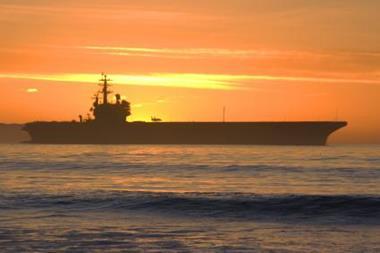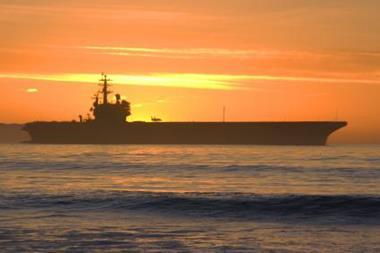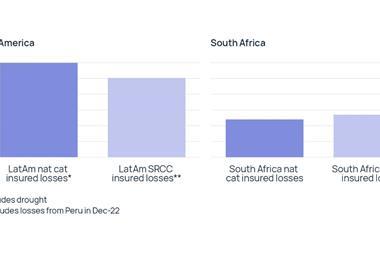Danish shipping companies have recently been the targets of a number of attacks in Somali waters, warns Willis
Over the last 18 months, pirate attacks have become more prevalent off the horn of Africa than in the traditional hot spot of the Malacca Straits, according to Willis.
Danish shipping companies have recently been targets of a number of attacks in Somali waters.
In February, the Danish-owned Svitser tug boat was set free for a substantial ransom by Somali pirates after 47 days in captivity; while in June of last year, a Danish cargo ship, the Danica White, was also seized by pirates off the Somali coast.
“We advise our clients to strictly adhere to the recommendations of the International Maritime Organization – including staying at least 200 miles off the Somali coast, avoiding anchoring in high risk areas and increasing surveillance and lighting.
Suzanne Williams, a former detective superintendent with the Metropolitan Police
According to statistics from the International Maritime Bureau, the global incidence of piracy has decreased from 445 attacks in 2003 to 263 attacks in 2007, however, attacks rose by 14 % last year due to the increased activity in Somali waters.
Commenting on this rise in piracy, Suzanne Williams, a former detective superintendent with the Metropolitan Police in London and most recently head of the Hostage Crisis Unit at new Scotland Yard, said: ‘The multi-national government co-operation between Indonesia, Malaysia and Singapore has resulted in increased patrols of the Malaccan Straits and a crackdown on piracy. The situation has arisen off the coast of Somalia due to a lack of effective central government and no navy to patrol its waters.’
‘Piracy is often romanticised and therefore somewhat legitimised because of its historical legacy, but it is a very real threat. In terms of prevention, we advise our clients to strictly adhere to the recommendations of the International Maritime Organization – including staying at least 200 miles off the Somali coast, avoiding anchoring in high risk areas and increasing surveillance and lighting,’ continued Williams.


















No comments yet